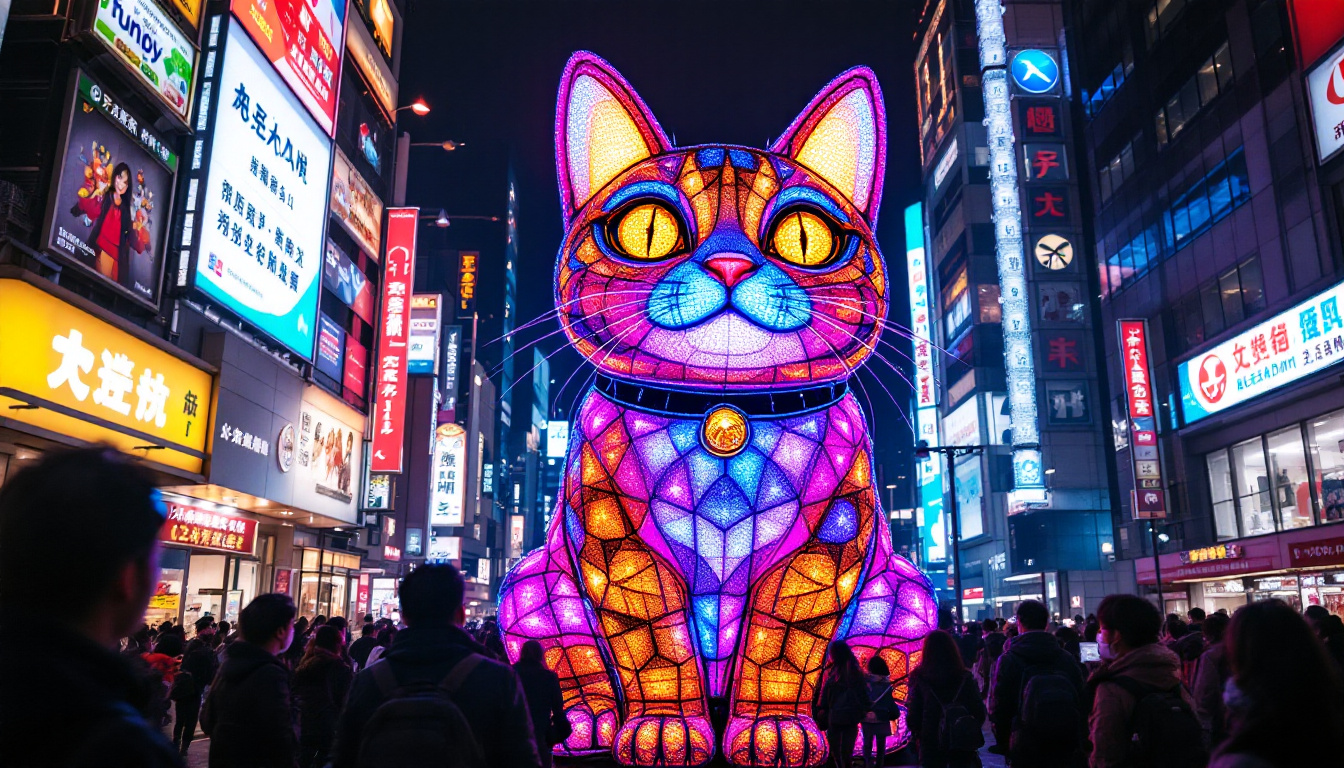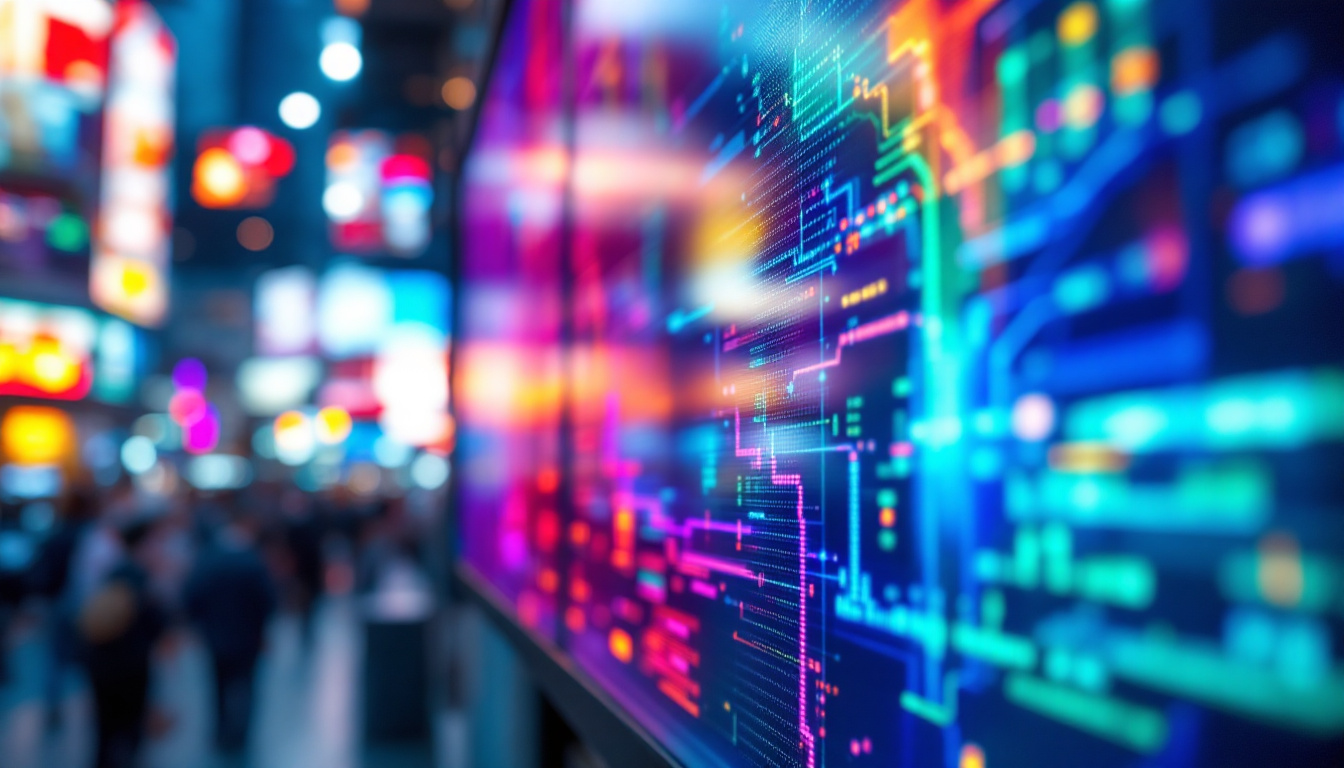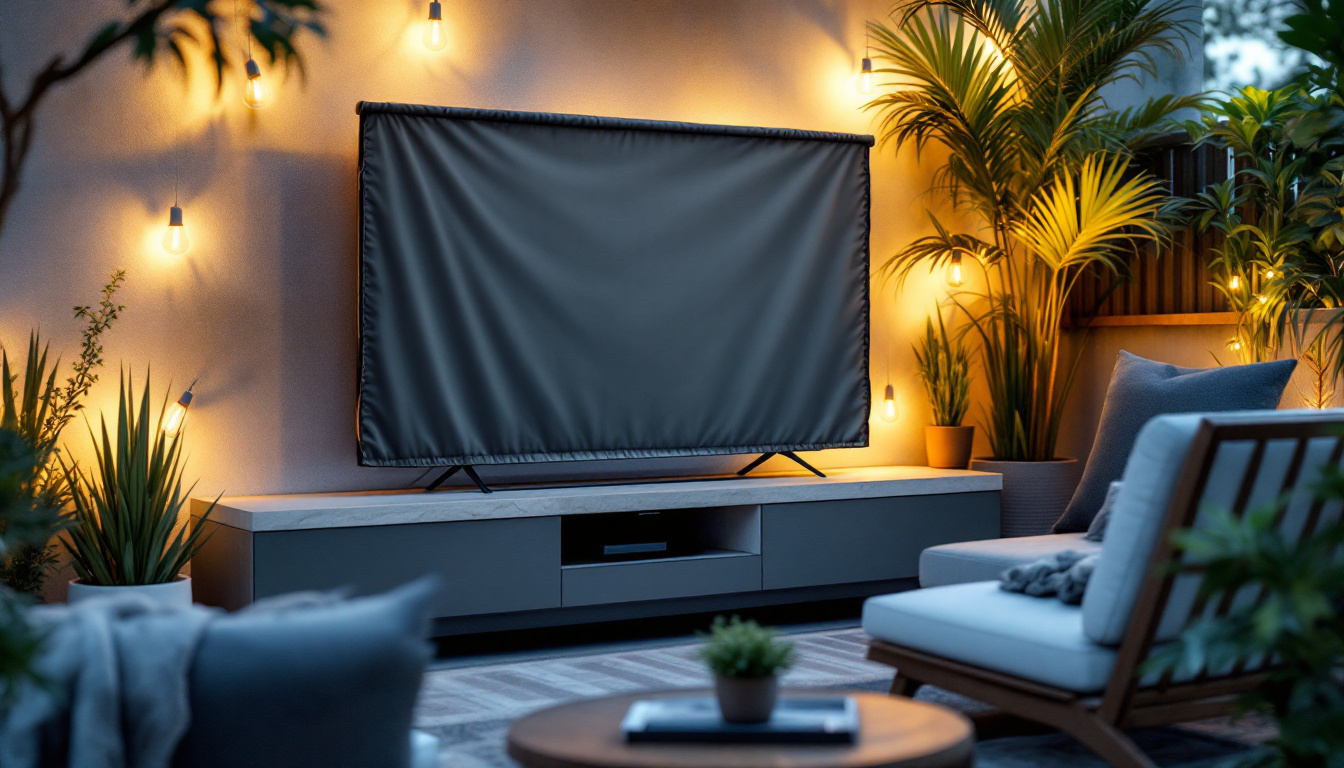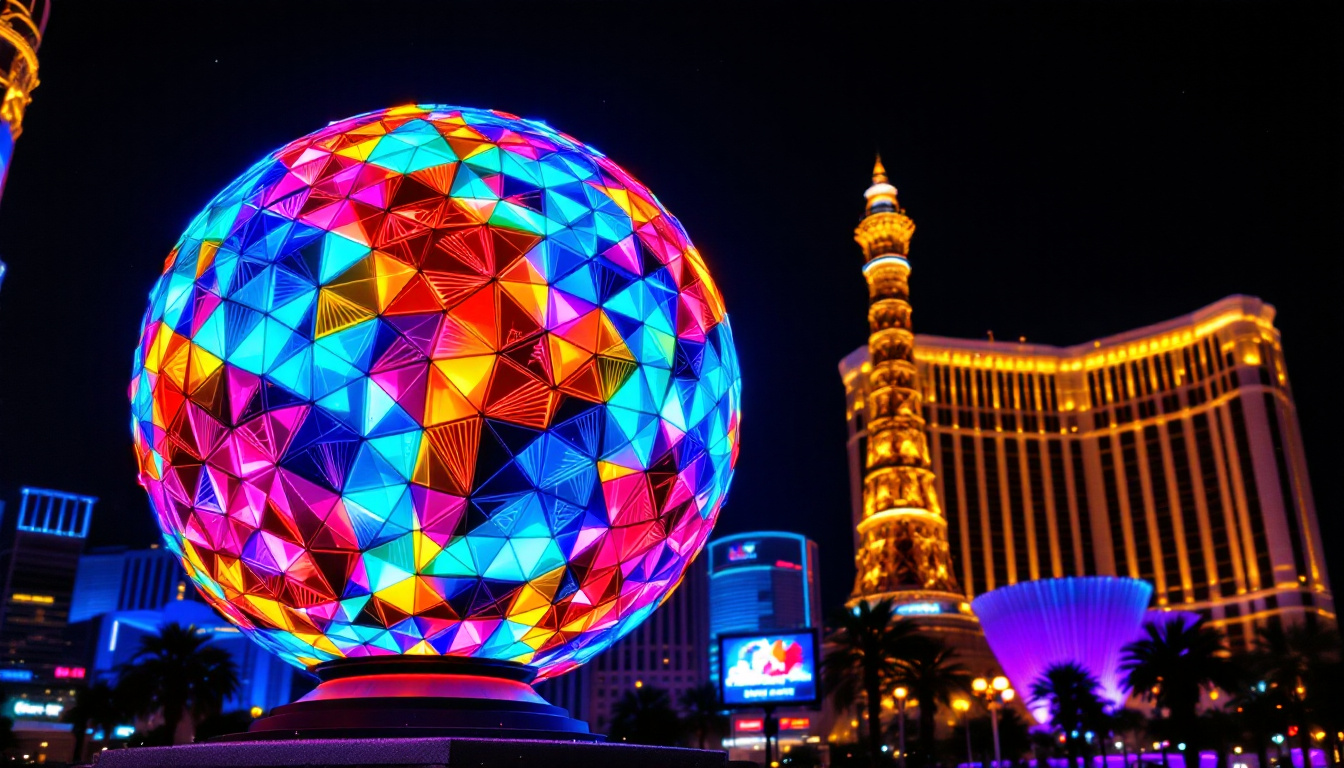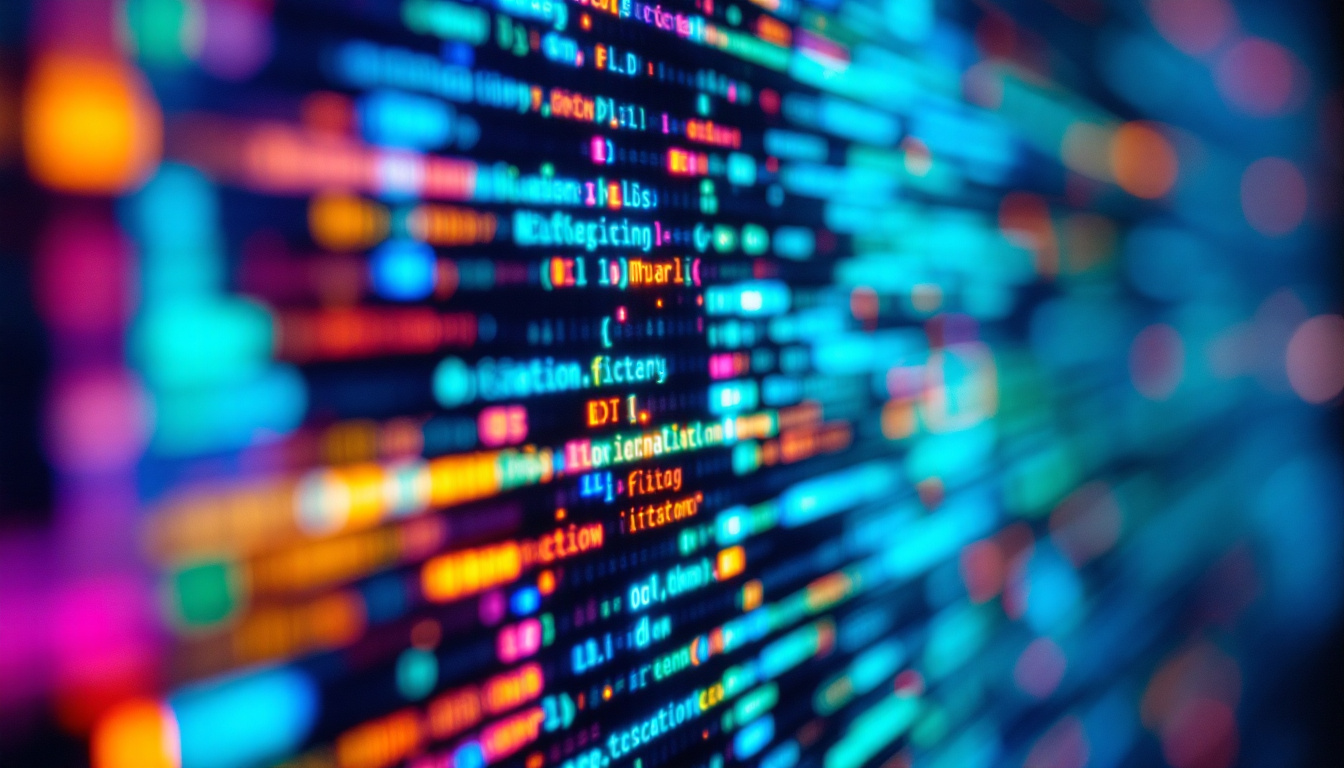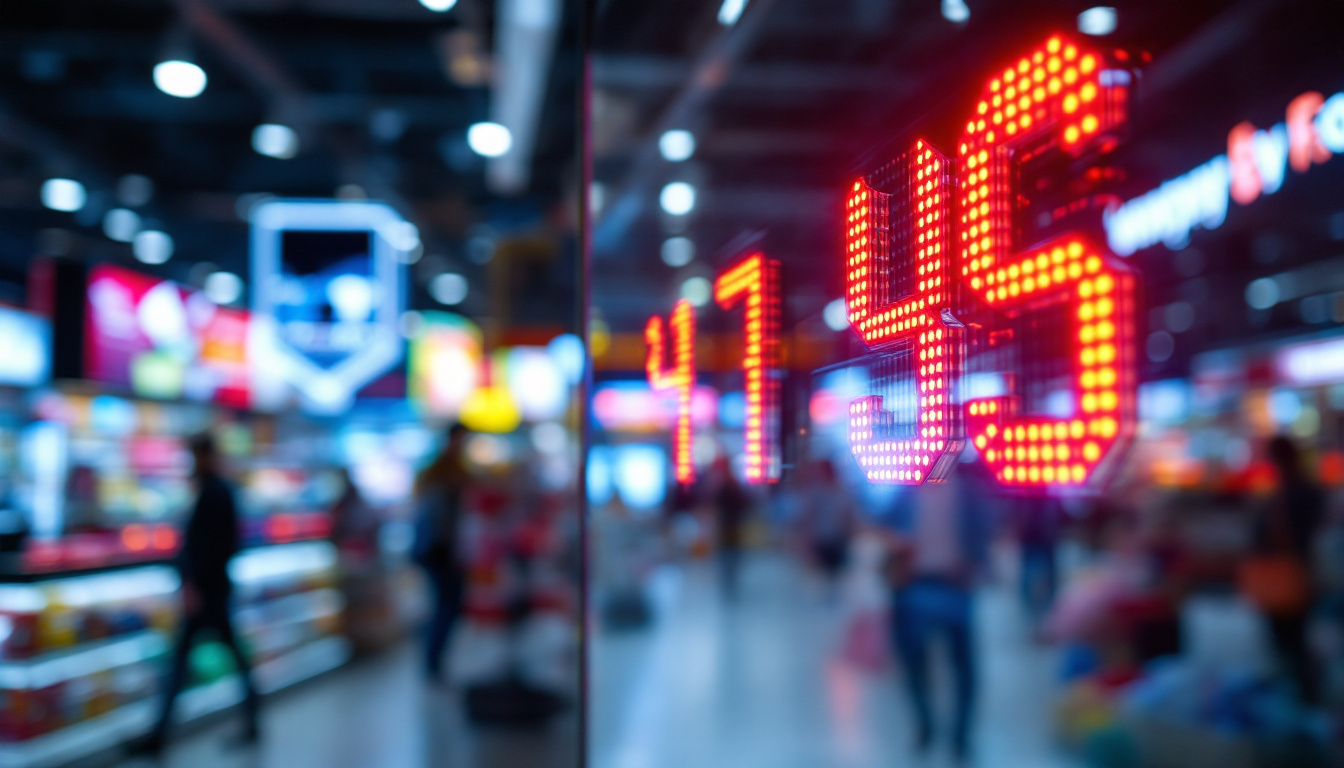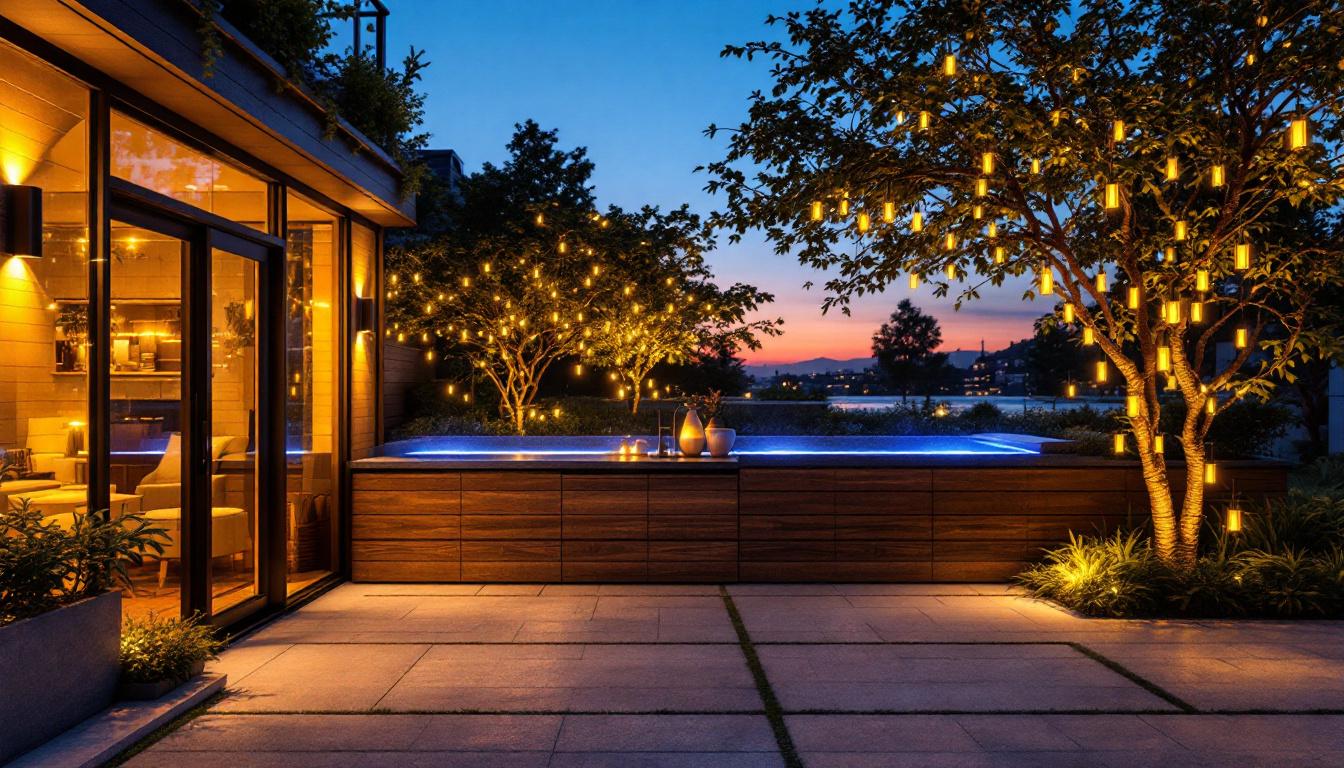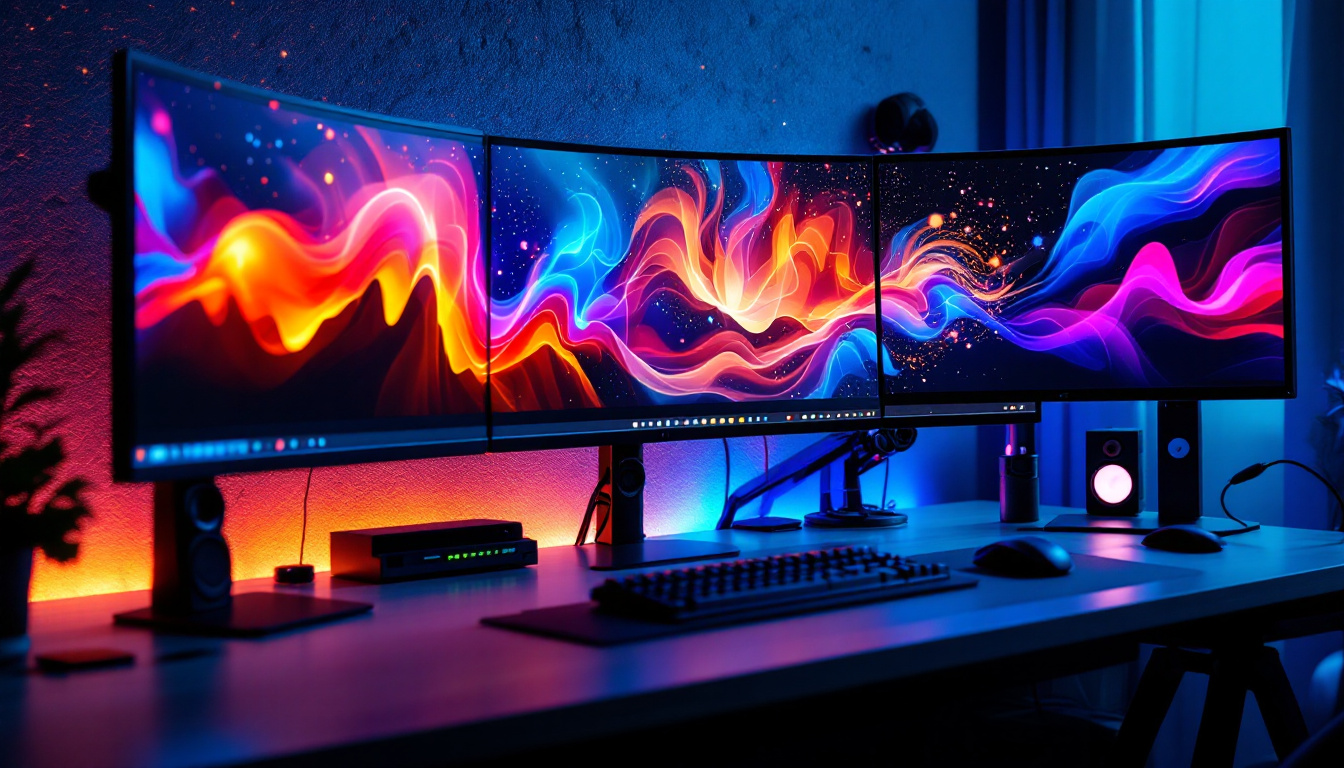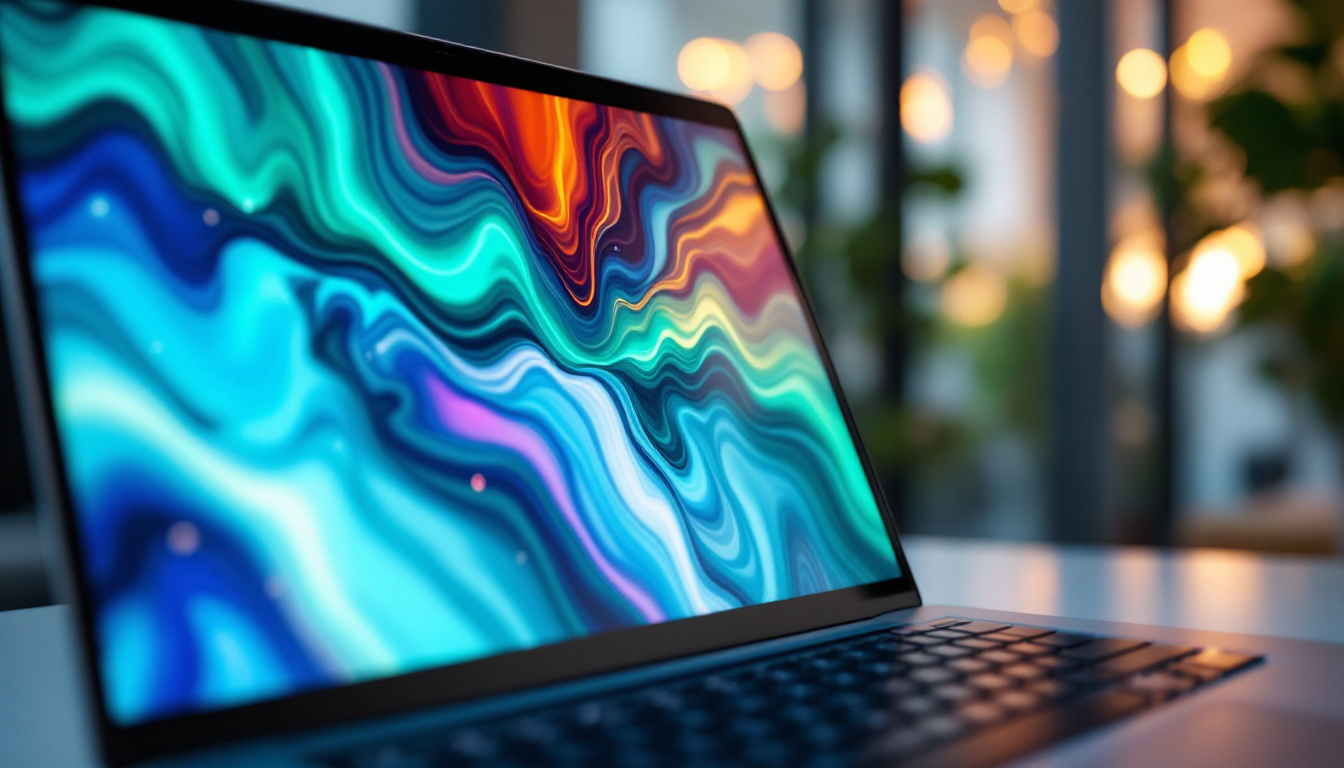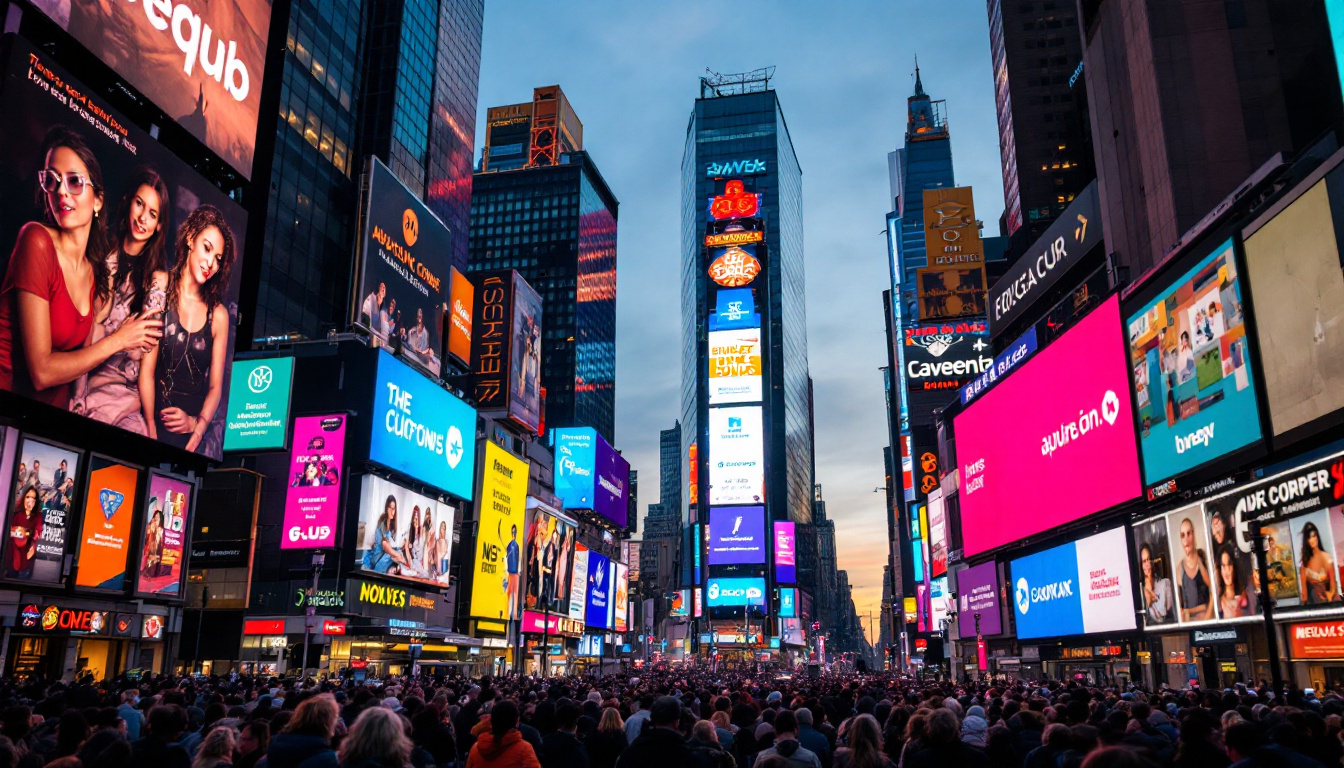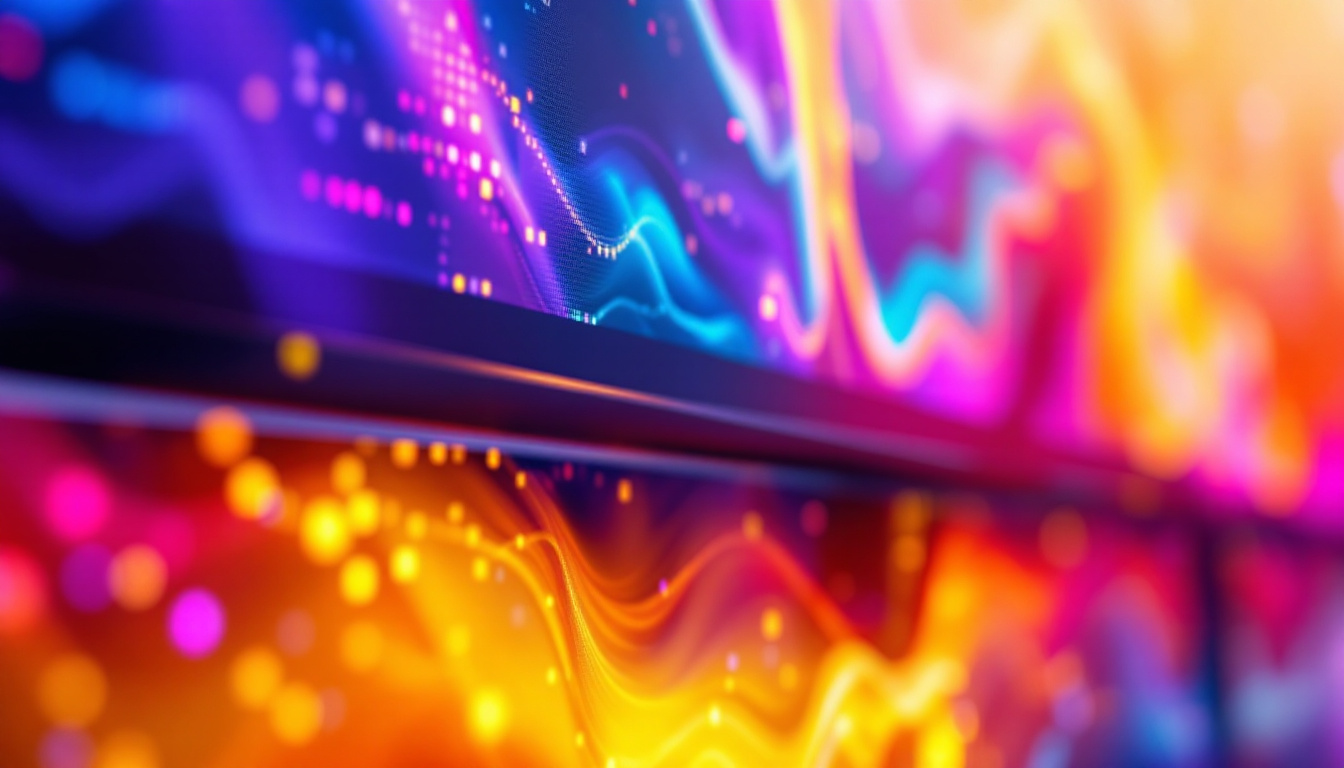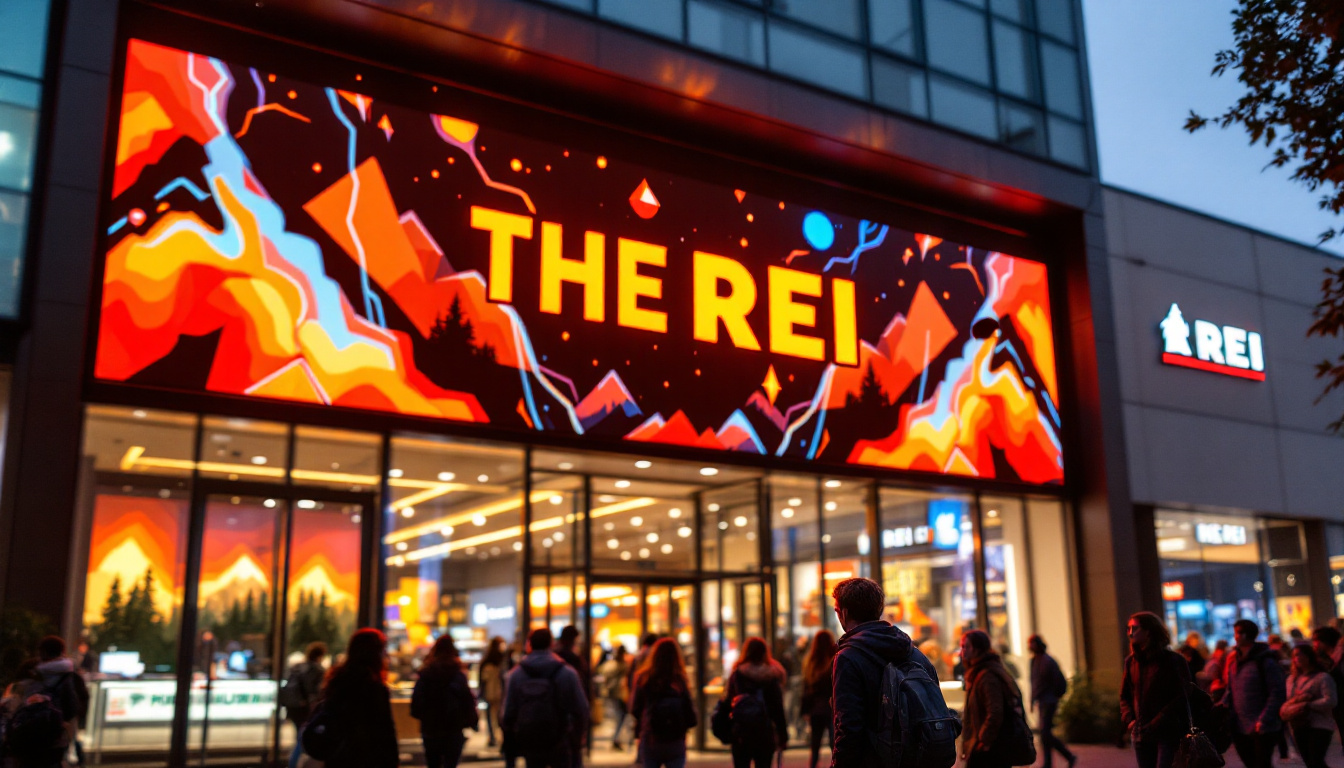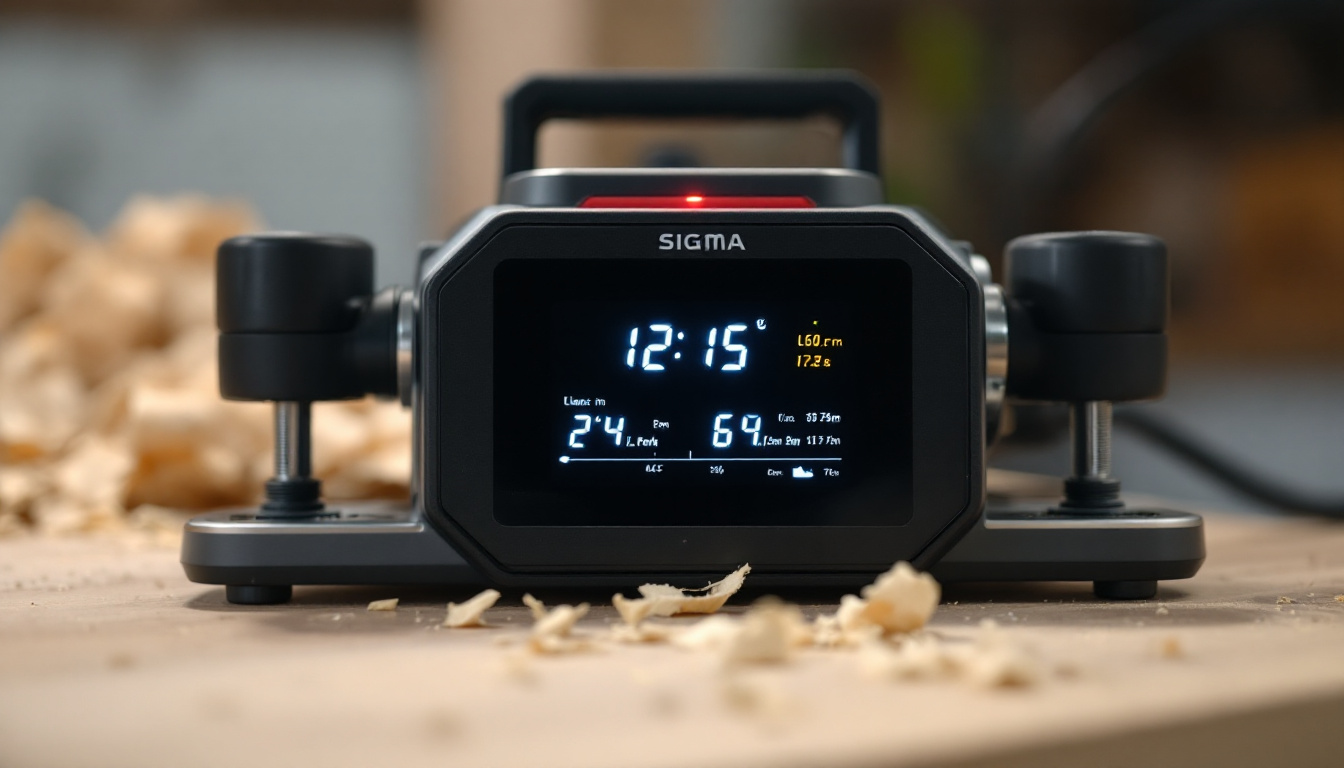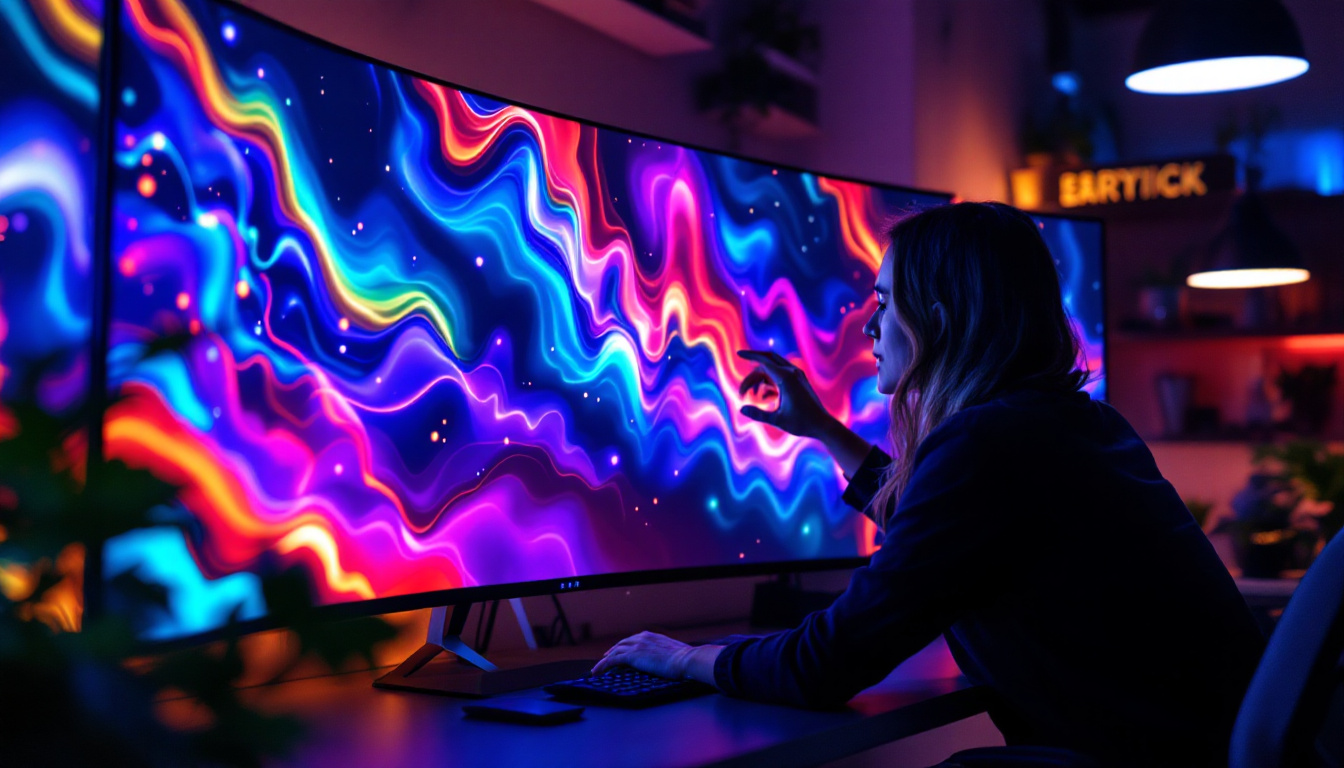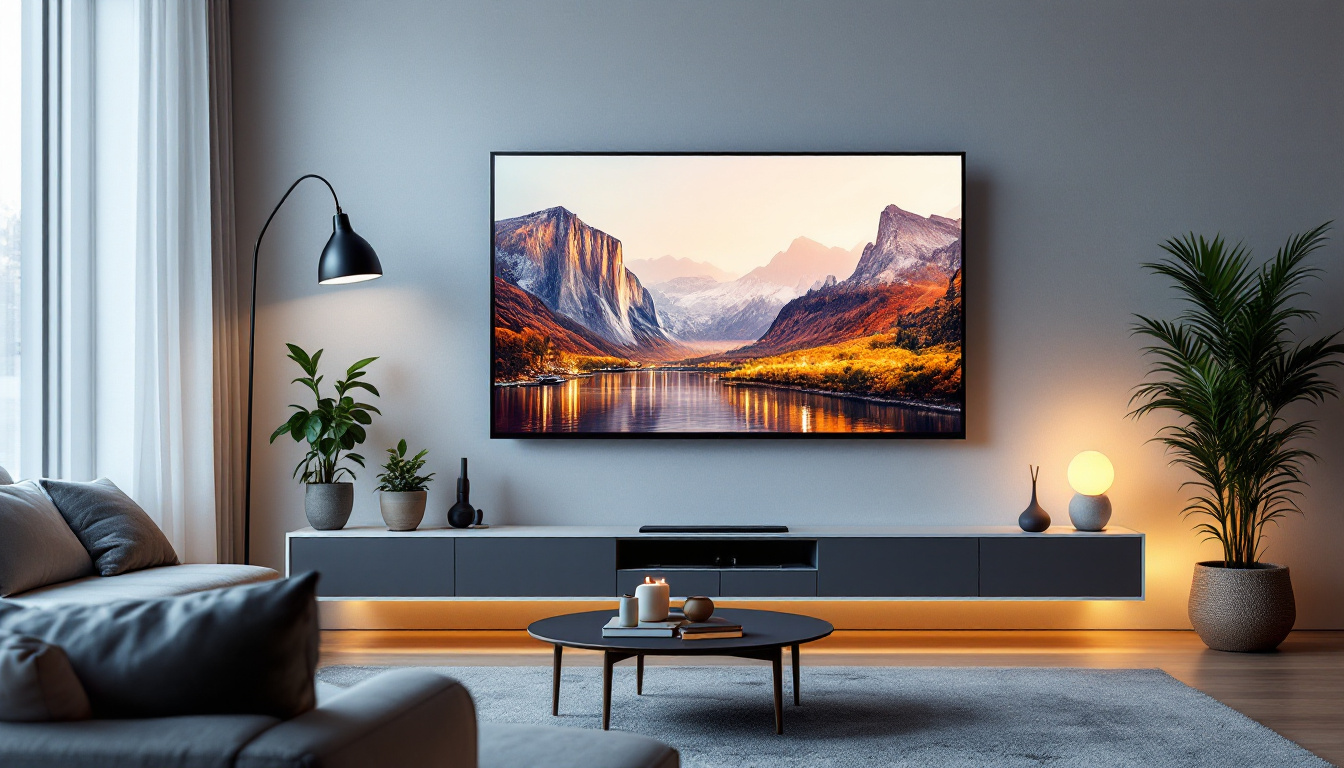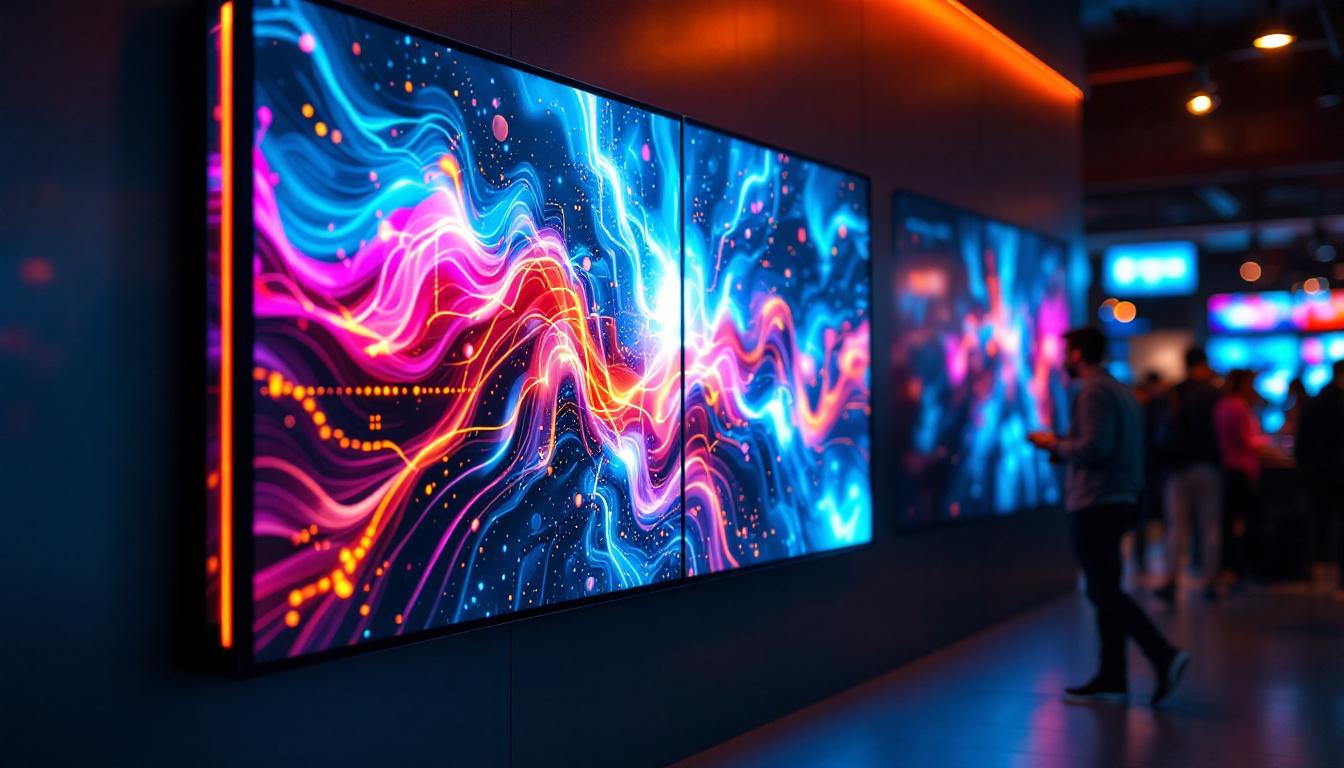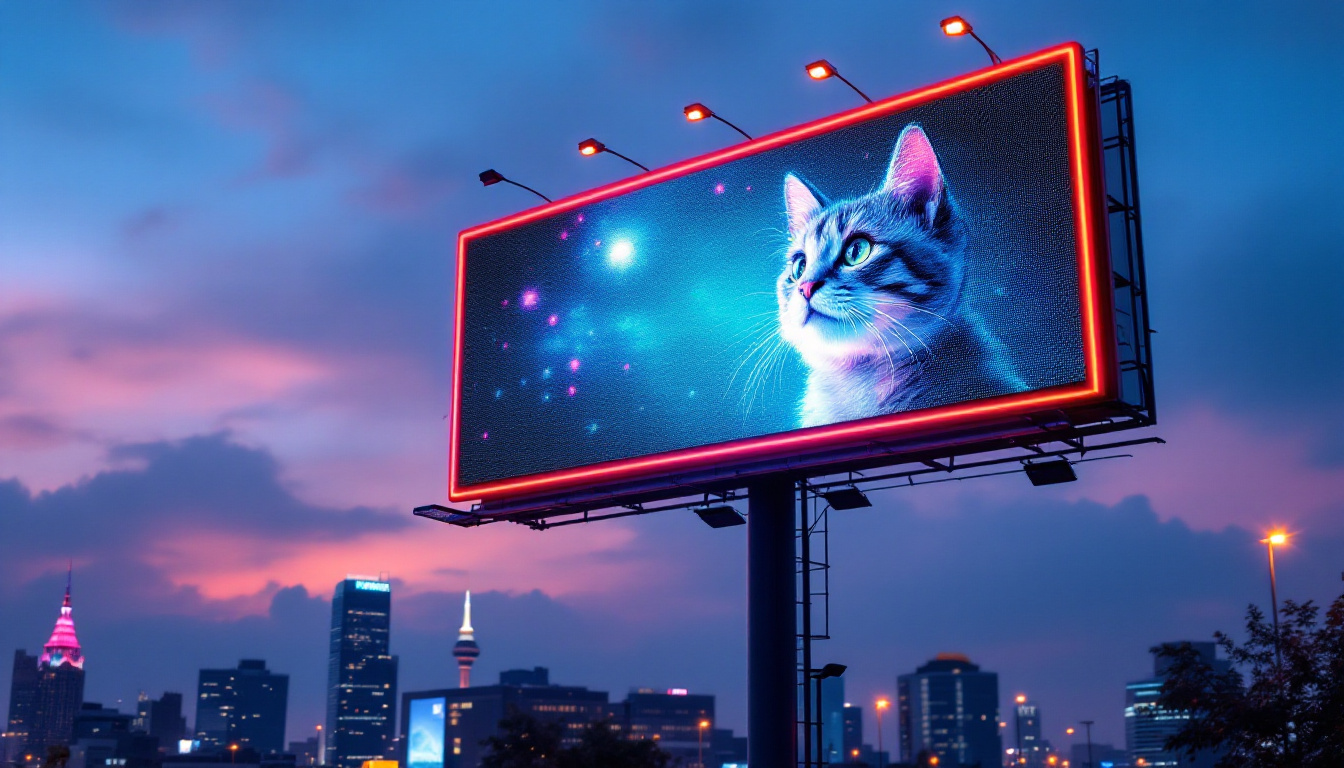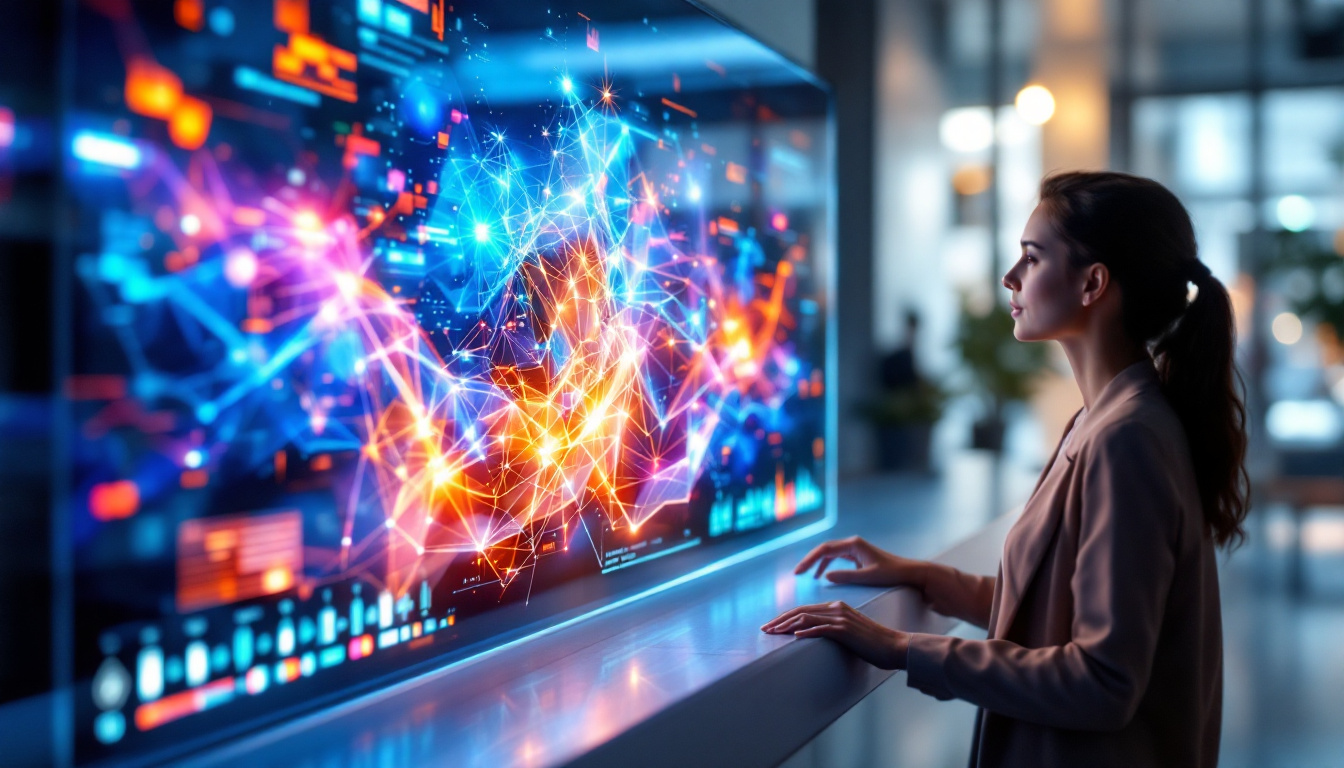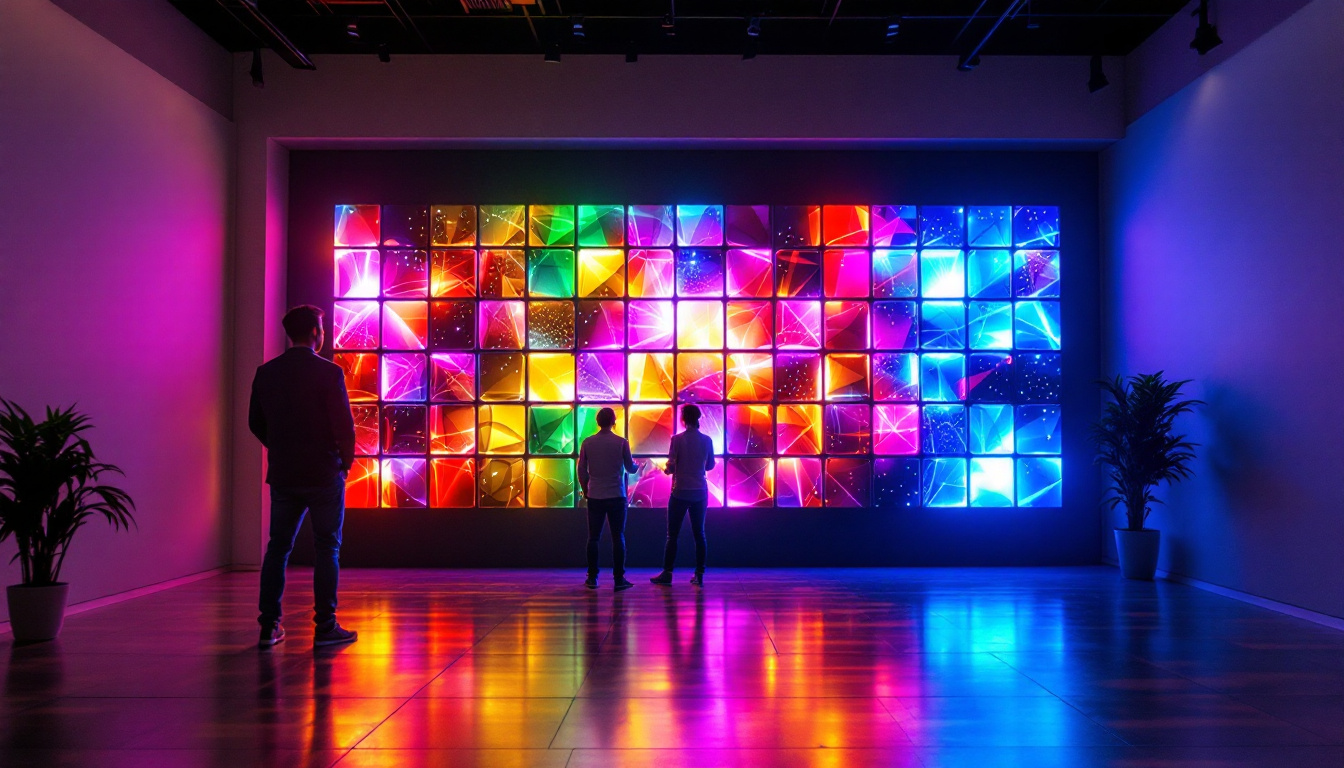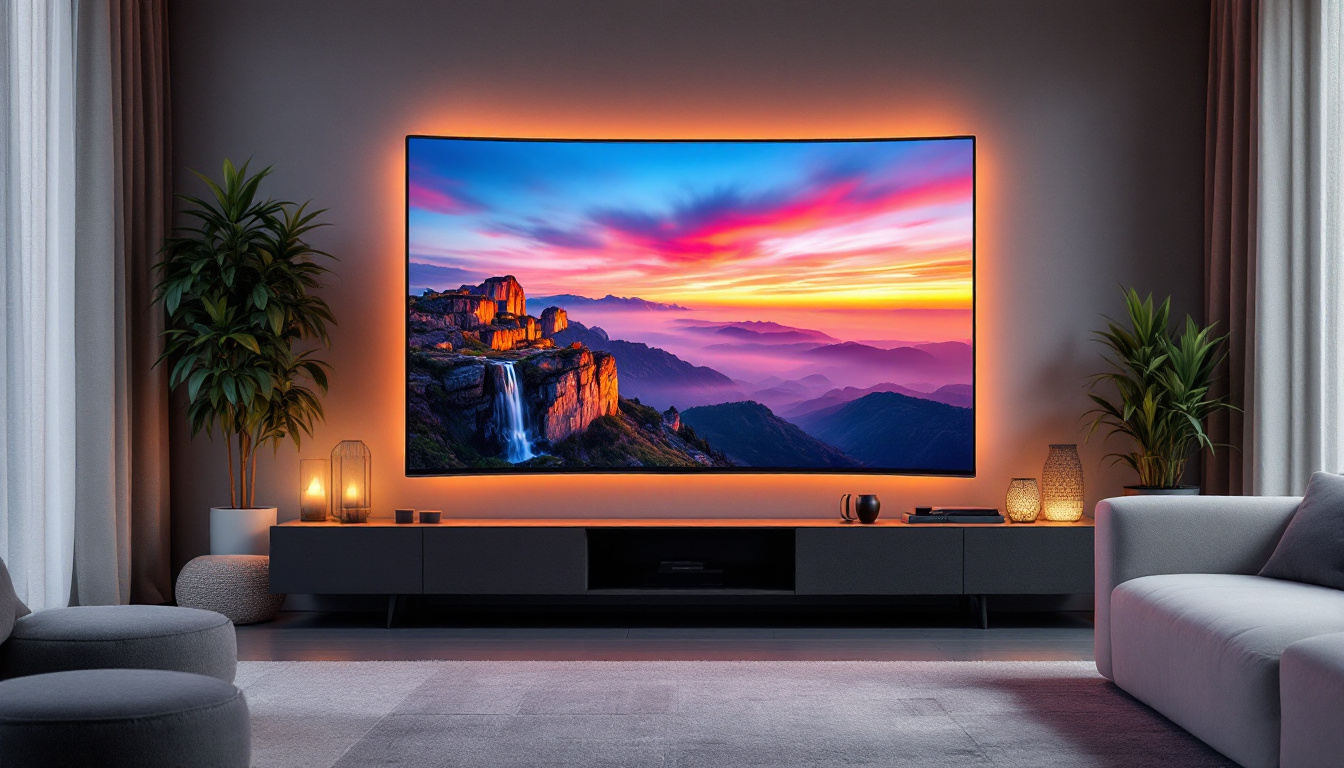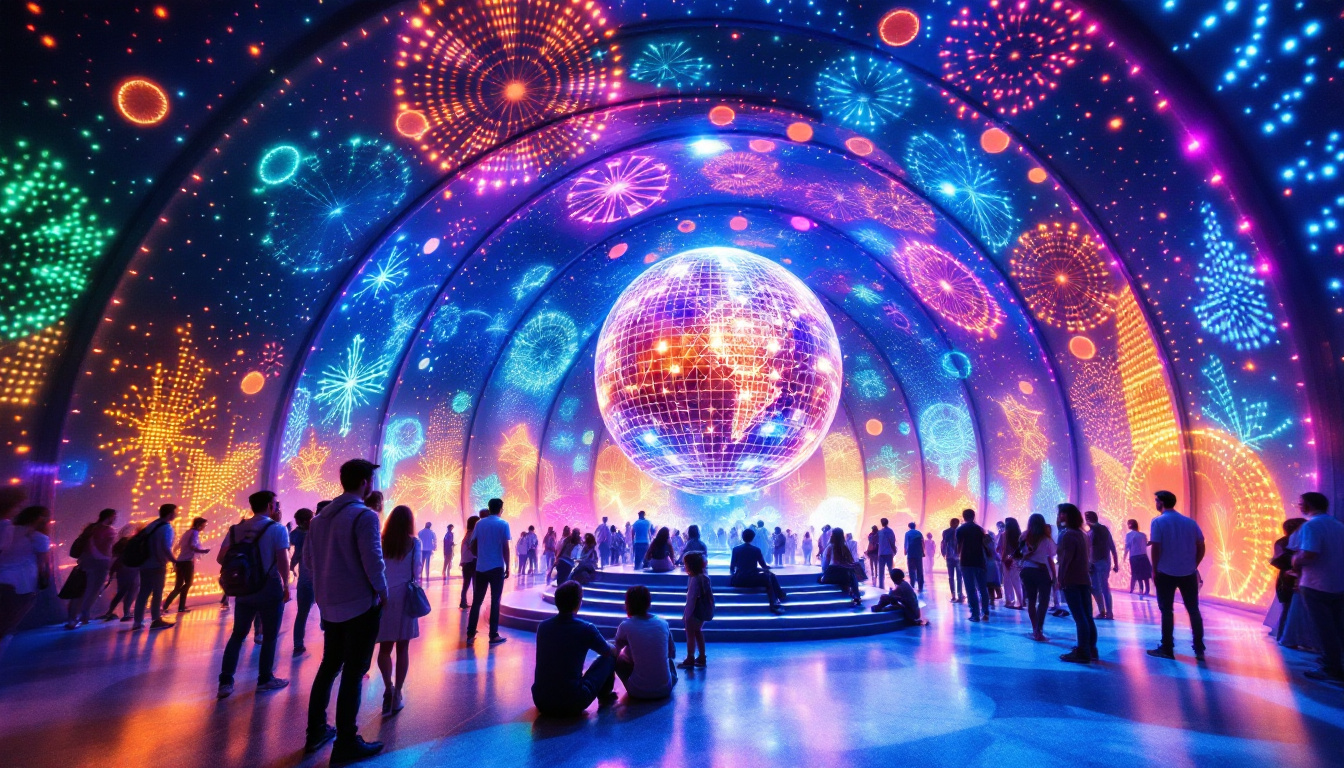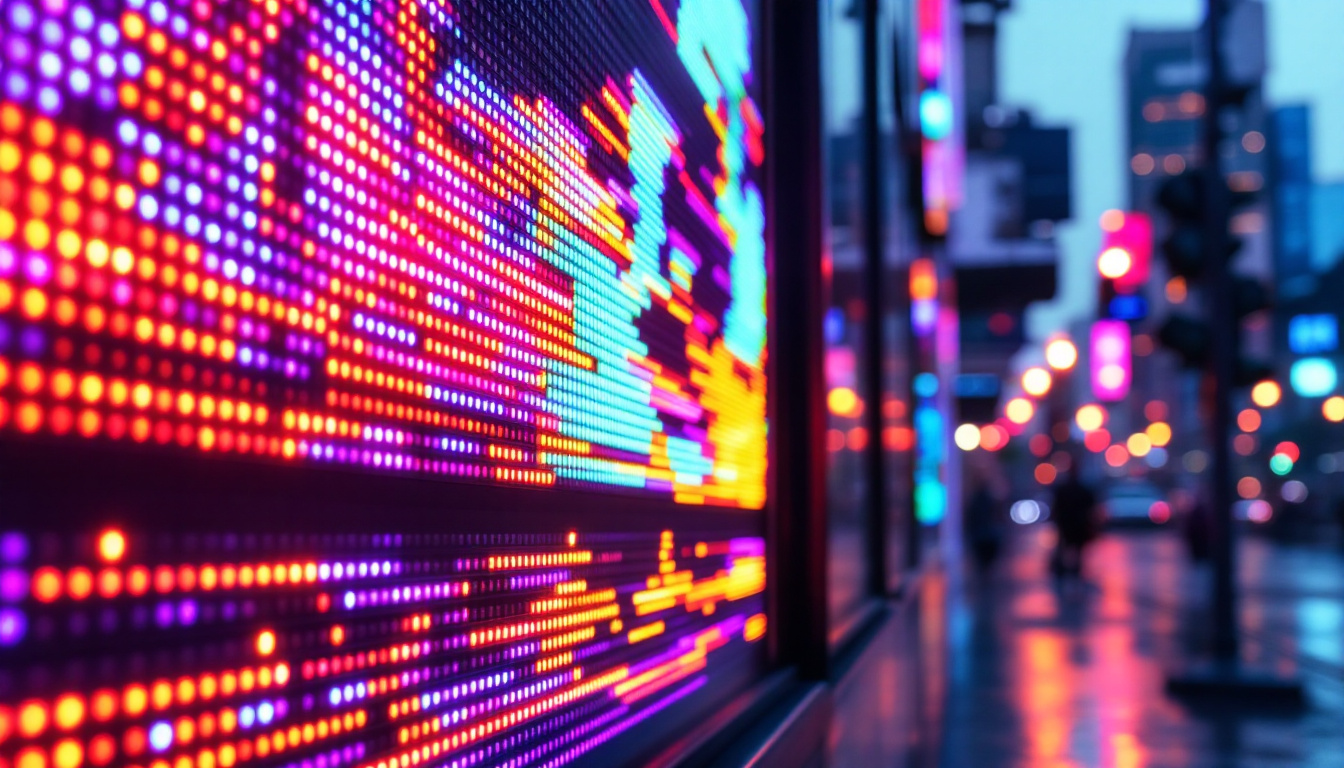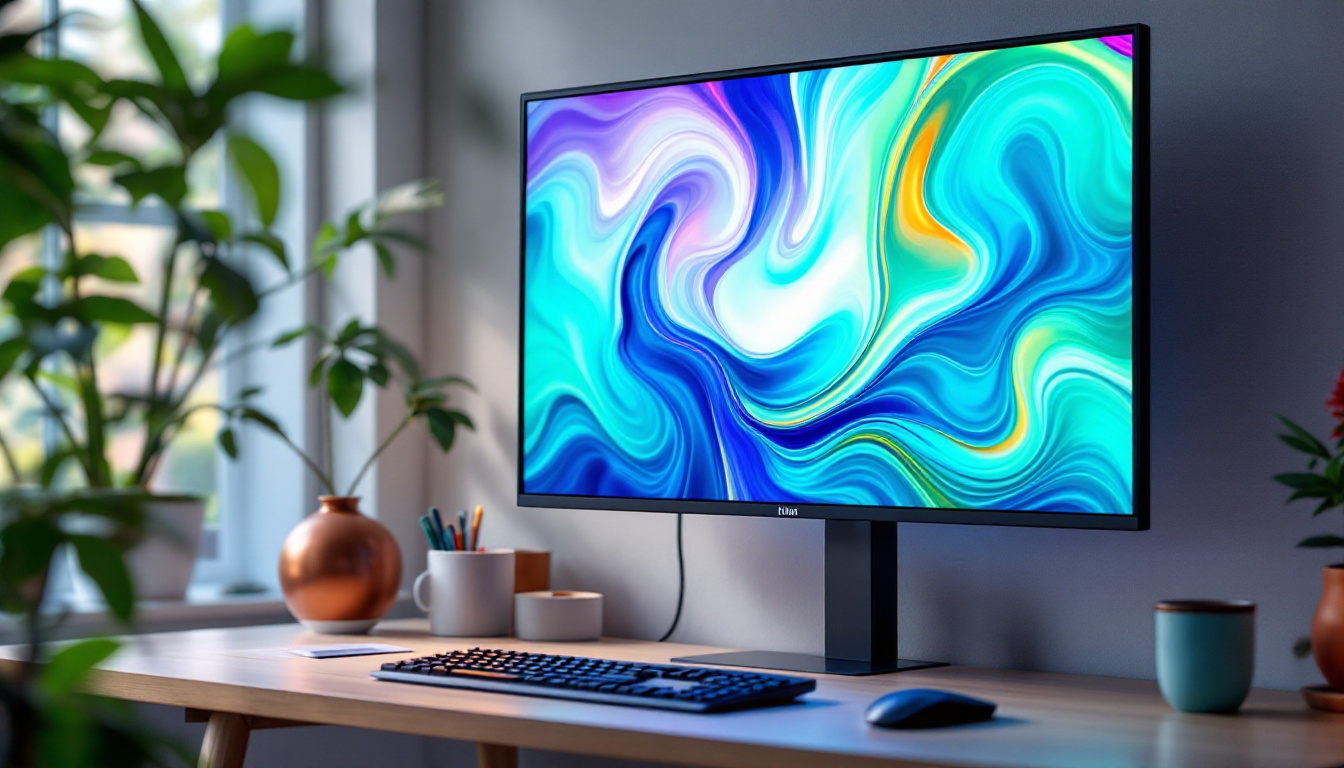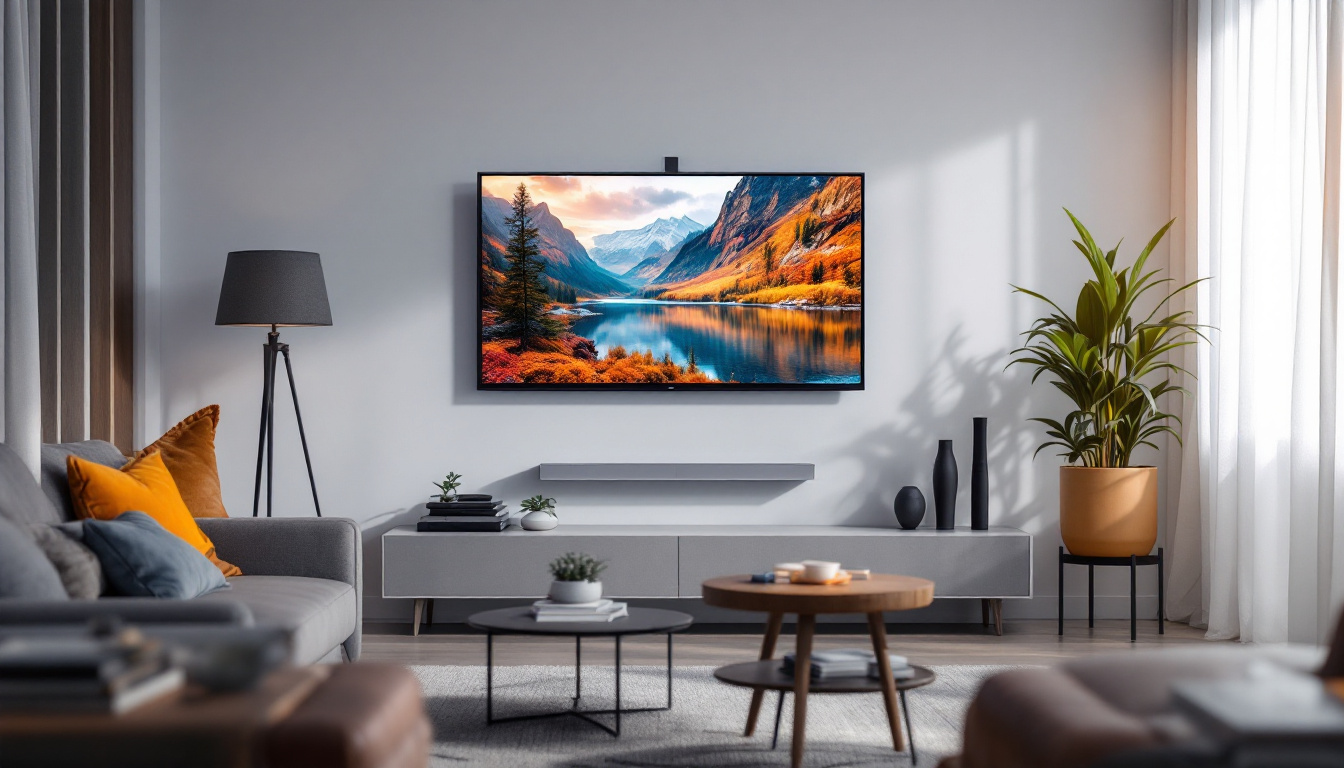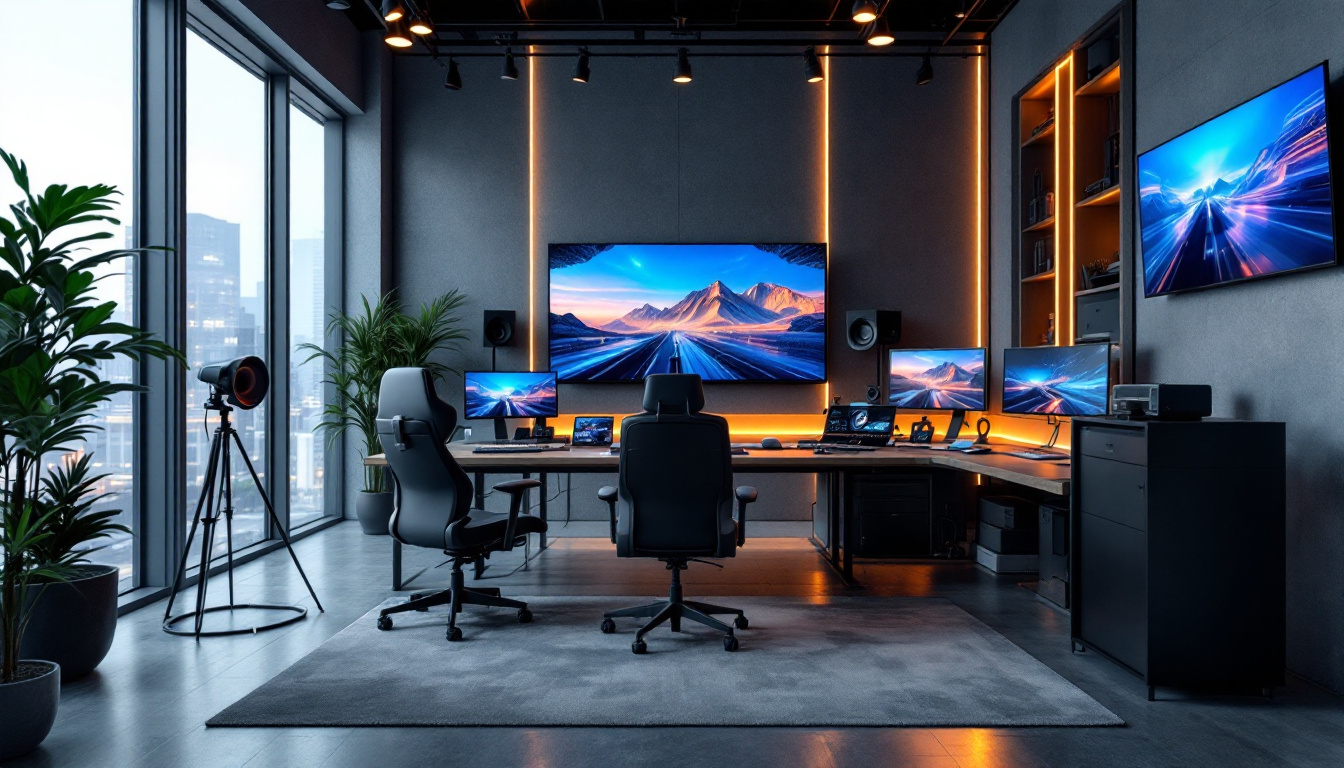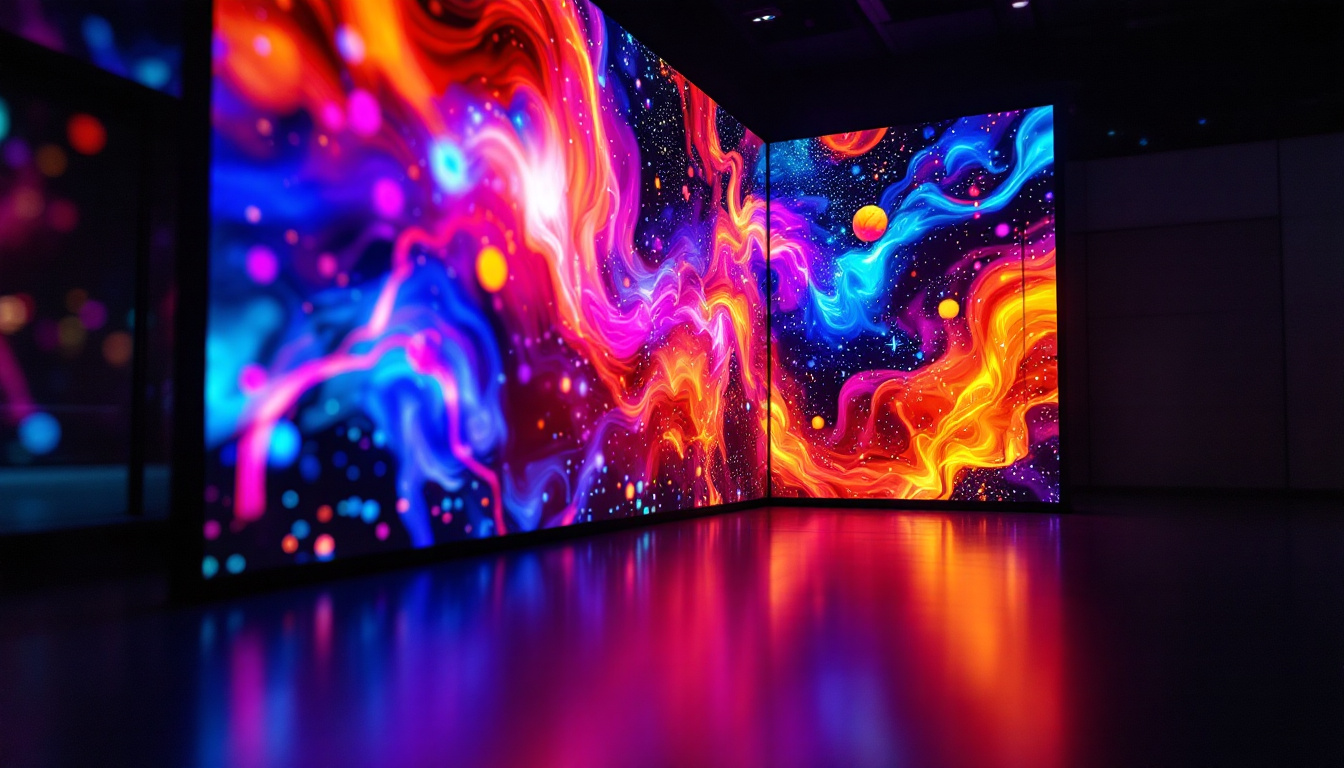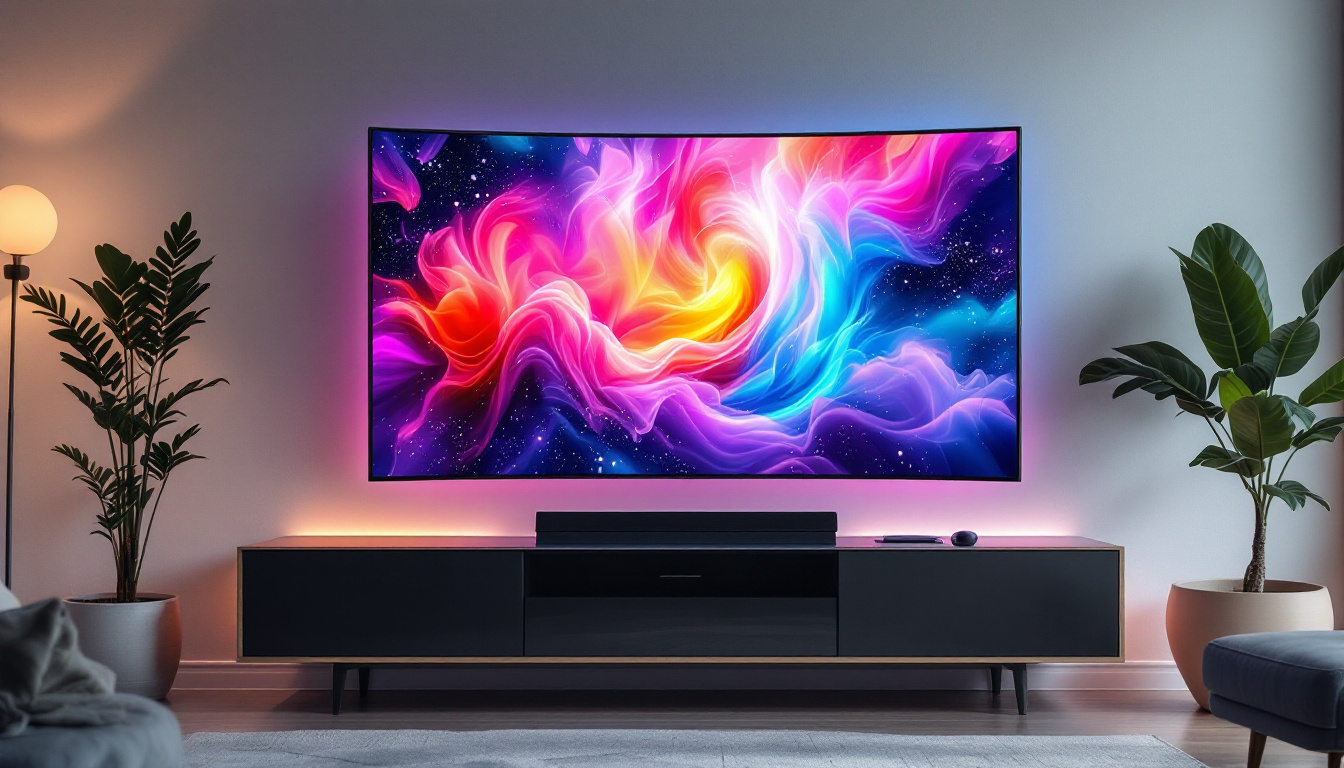The vibrant streets of Shinjuku, Tokyo, are renowned for their dazzling neon lights and innovative displays. Among these, the 3D Cat Shinjuku LED display stands out as a remarkable piece of technology that captivates both locals and tourists alike. This article delves into the intricacies of this stunning installation, exploring its design, technology, and the impact it has on the urban landscape.
Understanding the 3D Cat Shinjuku Display
The 3D Cat Shinjuku display is not just another advertisement; it is a fusion of art and technology that brings a lifelike feline experience to the bustling streets of Shinjuku. Located in a prime area, this display has become a focal point for visitors, drawing attention with its vibrant colors and dynamic animations.
The Concept Behind the Display
The concept of the 3D Cat Shinjuku display revolves around creating an immersive experience that engages viewers. The design team aimed to capture the essence of a cat’s playful and curious nature, allowing the audience to connect with the display on an emotional level. This approach not only enhances the aesthetic appeal but also encourages interaction, making it a memorable experience for passersby.
In addition to its emotional resonance, the display serves as a bridge between the digital and physical worlds. By utilizing augmented reality features, viewers can engage with the cat in unique ways, such as using their smartphones to interact with the display or even take virtual selfies alongside the animated feline. This innovative use of technology transforms a simple visual display into an interactive experience, making it appealing to both locals and tourists alike.
Technical Specifications
At the heart of the 3D Cat Shinjuku display is a sophisticated LED technology that enables high-resolution imagery and vibrant colors. The display is composed of thousands of tiny LED lights that work together to create a seamless visual experience. The use of advanced graphics software allows for the creation of intricate animations that bring the cat to life, showcasing its movements in a way that feels almost real.
Furthermore, the display is designed to be viewed from multiple angles, ensuring that everyone in the vicinity can enjoy the spectacle. This multi-dimensional approach is what sets the 3D Cat Shinjuku apart from traditional flat advertisements, making it a true marvel of modern technology. The installation also incorporates adaptive brightness features, adjusting the display’s luminosity based on ambient light conditions, which ensures that the visuals remain striking both day and night.
Artistic Elements
The artistic direction of the display plays a crucial role in its success. The design incorporates various elements of Japanese culture, blending traditional aesthetics with modern technology. The cat, often regarded as a symbol of good fortune in Japanese folklore, is depicted in a whimsical manner that resonates with the local audience.
Additionally, the choice of colors and animations is carefully curated to evoke emotions. Soft pastel shades are used to create a calming effect, while vibrant colors bring energy to the display. This thoughtful combination of art and technology results in a captivating visual narrative that draws viewers in. The animations often reflect seasonal themes or local festivals, further deepening the connection with the community and making each viewing experience unique. For instance, during cherry blossom season, the cat might be seen playfully interacting with falling petals, creating a delightful scene that celebrates the beauty of nature and tradition.
The Impact on Shinjuku’s Urban Landscape
The presence of the 3D Cat Shinjuku display has significantly impacted the urban landscape of Shinjuku. As a landmark, it attracts tourists and locals alike, contributing to the area’s vibrant atmosphere. The display has become a popular spot for photography, with many visitors eager to capture the unique experience and share it on social media. The playful and whimsical nature of the 3D cat, paired with the high-tech projection, creates an engaging visual spectacle that draws people in, often resulting in spontaneous gatherings and a lively ambiance that enhances the overall experience of the area.
Boosting Local Economy
With the influx of visitors drawn to the display, local businesses have experienced a noticeable boost in foot traffic. Restaurants, shops, and entertainment venues in the vicinity have benefited from the increased visibility and customer engagement. This symbiotic relationship between the display and local commerce highlights the potential of innovative installations to enhance urban economies. Many establishments have even tailored their offerings to cater to the influx of tourists, creating themed menus or merchandise that resonate with the playful spirit of the 3D cat. This not only helps in retaining the interest of visitors but also fosters a sense of community among local business owners who collaborate to create a cohesive and inviting atmosphere.
Cultural Significance
The 3D Cat Shinjuku display also holds cultural significance. It serves as a reminder of the importance of integrating technology with traditional elements of Japanese culture. By showcasing a beloved symbol like the cat, the display fosters a sense of community and pride among locals, while also introducing visitors to the rich cultural heritage of Japan. The cat, often associated with good fortune and protection, resonates deeply within Japanese folklore, making the display not just a modern attraction but a bridge connecting past and present. Additionally, the use of cutting-edge technology to present this cultural icon encourages discussions about the future of art and tradition in urban settings, inviting both locals and tourists to reflect on how innovation can coexist with cultural preservation.
Challenges in Creating the Display
While the 3D Cat Shinjuku display is a stunning success, the journey to its creation was not without challenges. The design and installation process required careful planning and execution, with several obstacles to overcome.
Technical Hurdles
One of the primary challenges faced by the design team was ensuring that the LED technology could deliver the desired visual effects. Achieving the right balance between brightness and clarity was crucial, especially in an environment where competing advertisements vie for attention. Extensive testing and calibration were necessary to ensure that the display would perform optimally under various lighting conditions. The team also had to consider the resolution of the display, ensuring that the intricate details of the 3D cat would be visible from various distances. This required innovative approaches to pixel density and image rendering, pushing the boundaries of existing technology.
Regulatory Considerations
In addition to technical challenges, navigating regulatory requirements posed another hurdle. The installation of large-scale displays in urban areas often requires compliance with local laws and regulations. The design team had to work closely with city officials to ensure that the display adhered to safety standards and zoning laws, which added an additional layer of complexity to the project. This included securing permits that addressed concerns about light pollution and public safety, as well as engaging with community stakeholders to address any potential objections. The process involved numerous meetings and revisions to the original design, demonstrating the importance of collaboration in urban art projects.
Creative Collaboration
Another significant challenge was fostering creative collaboration among the diverse team of artists, engineers, and project managers. Each member brought unique expertise and perspectives, which were essential in shaping the final outcome. However, aligning their visions required extensive brainstorming sessions and iterative feedback loops. The team often found themselves balancing artistic ambition with practical constraints, leading to innovative solutions that enhanced the display’s overall impact. This collaborative spirit not only enriched the design process but also created a sense of ownership among team members, ultimately resulting in a more cohesive and engaging display.
Public Engagement
Finally, engaging the public during the development phase was crucial yet challenging. The team sought to create a buzz around the display, generating excitement and anticipation among potential viewers. This involved strategic marketing campaigns and interactive social media initiatives to involve the community in the creative process. They organized workshops and focus groups to gather feedback on initial concepts, ensuring that the final display resonated with the audience. This approach not only helped refine the design but also fostered a sense of community pride, as locals felt a connection to the project and its artistic vision.
The Future of 3D Displays in Urban Environments
The success of the 3D Cat Shinjuku display has sparked interest in similar installations across urban environments worldwide. As technology continues to advance, the possibilities for interactive and immersive displays are expanding, paving the way for a new era of urban art and advertising.
Innovations on the Horizon
Future developments in LED technology and augmented reality (AR) are likely to enhance the capabilities of 3D displays. Imagine walking through a city where digital art interacts with the physical environment, creating a seamless blend of reality and imagination. This potential for innovation could redefine how urban spaces are experienced, making them more engaging and dynamic.
Community Engagement
As cities embrace these new technologies, community engagement will be essential. Involving local artists and residents in the design process can create a sense of ownership and pride in the installations. By fostering collaboration, cities can ensure that these displays resonate with the communities they inhabit, enhancing the overall urban experience.
Conclusion
The 3D Cat Shinjuku LED display is more than just a visual spectacle; it is a testament to the power of creativity and technology in shaping urban landscapes. By merging artistic expression with cutting-edge technology, the display has created a unique experience that resonates with both locals and visitors. As cities around the world look to the future, the lessons learned from the 3D Cat Shinjuku display will undoubtedly influence the next generation of urban art and advertising.
In a world where digital and physical realities are increasingly intertwined, the potential for innovative displays like the 3D Cat Shinjuku is limitless. As technology continues to evolve, so too will the ways in which cities can engage their inhabitants and create memorable experiences that celebrate culture, creativity, and community.
Illuminate Your Space with LumenMatrix
As you marvel at the innovative fusion of art and technology displayed by the 3D Cat Shinjuku, imagine the possibilities for your own space. LumenMatrix, a pioneer in LED display technology, offers an array of solutions to transform any environment. From Indoor and Outdoor LED Wall Displays to specialized options like Vehicle, Sports, and Floor LED Displays, LumenMatrix tailors to your creative and business needs. Embrace the future of visual storytelling and check out LumenMatrix LED Display Solutions to captivate your audience with unparalleled clarity and impact.

